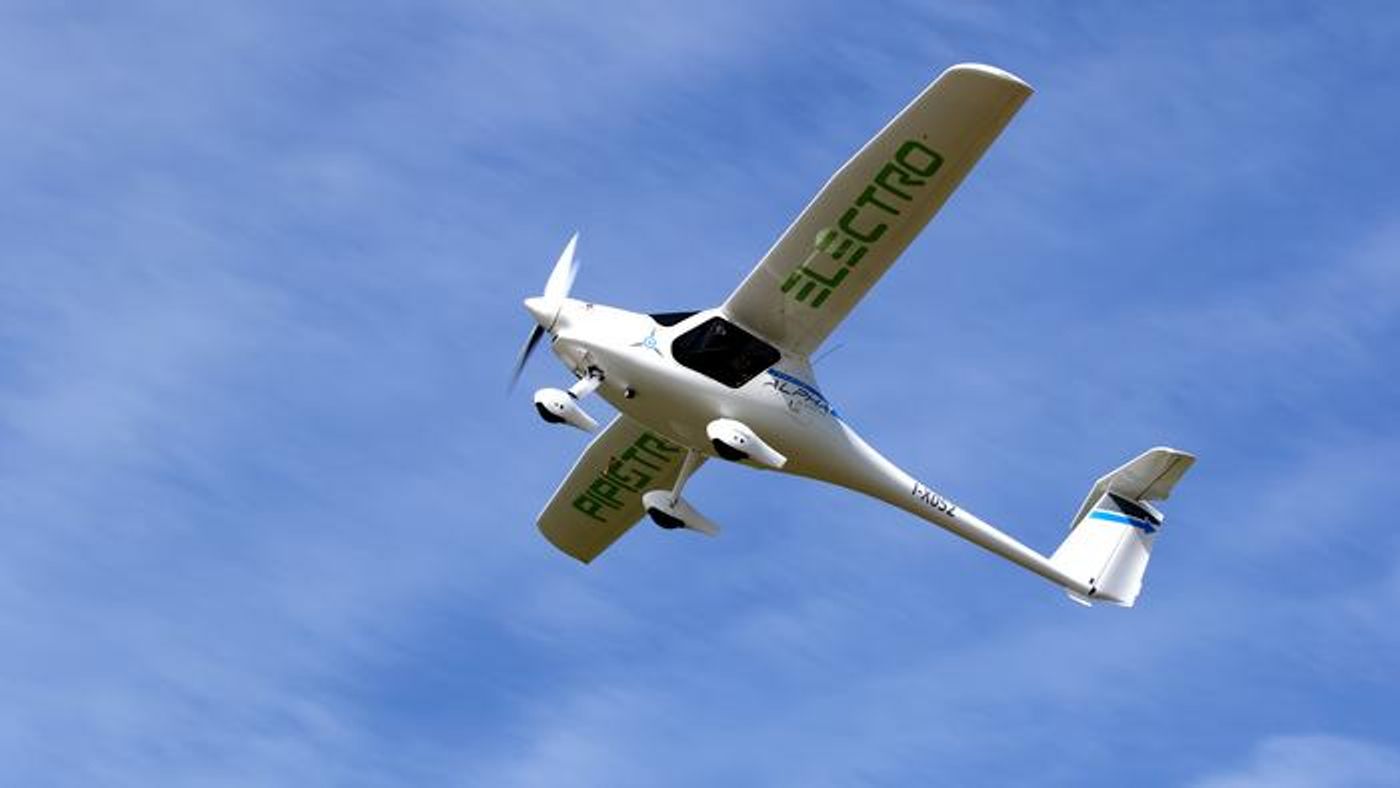The Role of Electric Aircraft in Reducing Environmental Impact
In a time when electric cars are increasing in number around the world and contributing to a greener future, can electric aircraft do the same? This is what a recent study published in The International Journal of Life Cycle Assessment hopes to address as a team of researchers from the Chalmers Institute of Technology in Sweden investigated the environmental impact of an electric aircraft versus a fossil fuel-based counterpart. This study holds the potential to help better understand the pros and cons of electric aircraft while underscoring their environmental impact for both the short- and long-term.
For the study the researchers conducted a life cycle assessment of a “Pipistrel Alpha Electro” aircraft and a fossil fuel-based aircraft to determine which was more environmentally friendly. The Alpha Electro’s structure consisted of an approximately 10-meter (33-feet) wingspan and weighs 550 kg (1212 pounds) at full weight. It was powered by a 21 kWh NMC (nickel-manganese cobalt) lithium-ion battery, resulting in a 60 kW engine output. The fossil fuel-based aircraft was comprised of the same structure as the Alpha Electro aside from the gas engine and fuel tank. The goal of the study was to ascertain when the Alpha Electro obtains a “break-even” point with its gas-powered counterpart in terms of the overall environmental impact.
Image of the Pipistrel Alpha Electro that was used for this study. (Credit: Chalmers University of Technology | Daniel Karlsson)
In the end, the researchers found the Alpha Electro needed to fly for about 1,000 hours before achieving the break-even point with the gas-powered aircraft. Once this break-even point is reached, the Alpha Electro was found to be more beneficial to the environment, with its total lifespan estimated to be approximately 4,000 hours, which surpasses the break-even point four times over.
“The key take-home from this study is that small electric aircraft can have a notably lower climate impact – up to 60 percent less – and other types of environmental impacts than equivalent fossil-fueled aircraft,” said Dr. Rickard Arvidsson, who is an associate professor of environmental systems analysis at Chalmers and lead author of the study. “However, there is a trade-off regarding mineral resource scarcity – about 50 percent more even in the most favorable scenario, mainly due to rare metals in the batteries of the electric aircraft.” The “mineral resource scarcity” that Dr. Arvidsson mentions is due to the lithium required to be mined and harvested for the batteries.
While the aviation industry only contributes approximately 2.5 percent of global carbon dioxide emissions, this study demonstrates how electric aircraft could help mitigate this while providing benefits to the environment, overall. Additionally, the electric aircraft global market doubled between 2020 and 2021 to almost $50 million and is estimated to reach $6.6 billion by 2026.
What new discoveries will researchers make about electric aircraft in the coming years and decades? Only time will tell, and this is why we science!
As always, keep doing science & keep looking up!
Sources: The International Journal of Life Cycle Assessment, E-Mobility Engineering, EurekAlert!, Our World in Data, Statista









